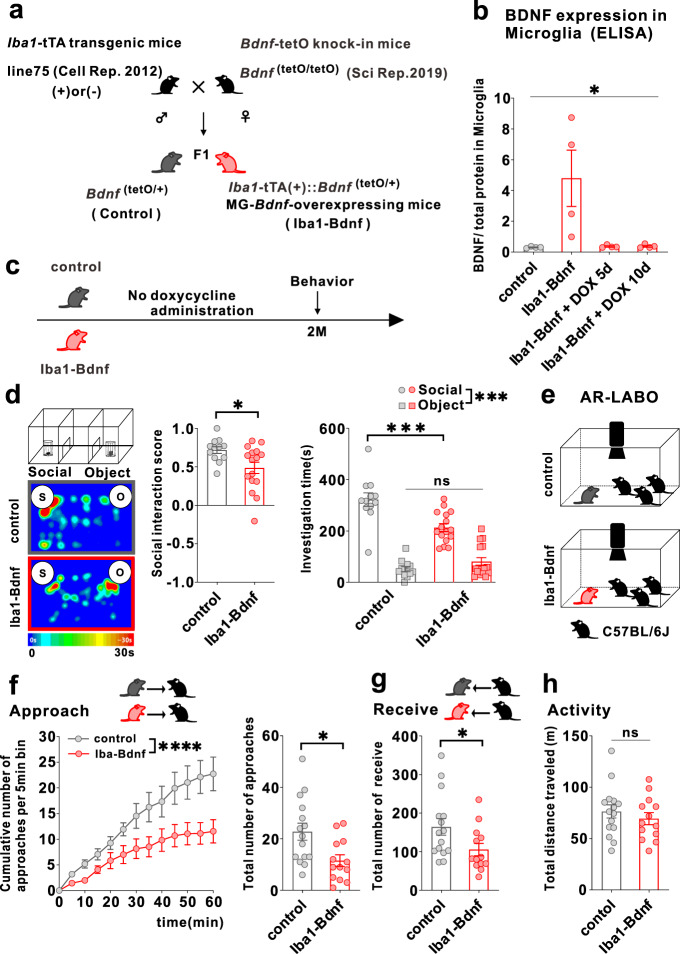Fig. 2. Overexpression of MG-BDNF leads to impaired sociability in adulthood.
a Diagram of the generation of MG-Bdnf-overexpressing mice. The tet-off system was activated in double transgenic mice (F1), which were obtained by crossing Iba1-tTA transgenic mice with Bdnf-tetO knock-in mice. Iba1-tTA(+)::Bdnf(tetO/+) mice were the MG-Bdnf-overexpressing mice, and Bdnf(tetO/+) mice were the control mice. b BDNF expression in microglia recovered from the cortex, as measured using ELISA. Iba1-tTA(+)::Bdnf(tetO/+) mice had higher BDNF expression than Bdnf(tetO/+) mice; this was normalized from day 5 using doxycycline (DOX) (The Kruskal-Wallis test, 9.086, p = 0.0118; n = 4 per group). c Schema of the behavioral experiments without doxycycline. The experiments were started at P61. d The Iba1-tTA(+)::Bdnf(tetO/+) mice were less social in the three-chamber sociability test than the Bdnf(tetO/+) mice. The Iba1-tTA(+)::Bdnf(tetO/+) mice had a lower social interaction score than Bdnf(tetO/+) mice (U = 47, p = 0.0226, Mann–Whitney U test, Bdnf(tetO/+): n = 12, Iba1-tTA(+)::Bdnf(tetO/+): n = 16) (left) and spent less time near novel mice (F1,26(interaction) = 14.63, p = 0.0007, two-way ANOVA followed by Bonferroni post hoc test; Bonferroni post hoc analysis of Iba1-tTA(+)::Bdnf(tetO/+) S vs. Bdnf(tetO/+) S, p = 0.0001, Bdnf(tetO/+): n = 12, Iba1-tTA(+)::Bdnf(tetO/+): n = 16) (right). S, social; O, object. e Schematic of the Augmented Reality-based Long-term Animal Behavior Observing system (AR-LABO). Three novel C57BL/6 J mice were placed with a target mouse and observed for 1 h. f (Left) The cumulative number of approaches per 5-min bin for Bdnf(tetO/+) and Iba1-tTA(+)::Bdnf(tetO/+) mice. Iba1-tTA(+)::Bdnf(tetO/+) mice accumulates significantly less cumulative approaches to other mice than Bdnf(tetO/+) mice (two-way RM ANOVA, phenotype (control or Iba1-BDNF) × time (5 min bin) interaction F(12,312) = 3.926, p < 0.0001; effect of phenotype F(1,26) = 6.670, p = 0.0158; effect of time F(12,312) = 39.31, p < 0.0001, Bdnf(tetO/+): n = 15, Iba1-tTA(+)::Bdnf(tetO/+): n = 13). (Right) Iba1-tTA(+)::Bdnf(tetO/+) mice approached other mice less than the Bdnf(tetO/+) mice (t(26) = 2.717, p = 0.0116, unpaired two-tailed Student’s t test, Bdnf(tetO/+): n = 15, Iba1-tTA(+)::Bdnf(tetO/+): n = 13). g The Iba1-tTA(+)::Bdnf(tetO/+) mice were less approached by other mice than Bdnf(tetO/+) mice (t(26) = 2.120, p = 0.0437, unpaired two-tailed Student’s t test, Bdnf(tetO/+): n = 15, Iba1-tTA(+)::Bdnf(tetO/+): n = 13). h No differences in activity were observed during AR-LABO between the Iba1-tTA(+)::Bdnf(tetO/+) and Bdnf(tetO/+) mice (t(26) = 0.8059, p = 0.4276, unpaired two-tailed Student’s t test, Bdnf(tetO/+): n = 15, Iba1-tTA(+)::Bdnf(tetO/+): n = 13). *p < 0.05, ***p < 0.001. Data are presented as the mean ± SEM. 2 M: two months of age, control: Bdnf(tetO/+) mice, Iba1-Bdnf: Iba1-tTA(+)::Bdnf(tetO/+) mice.

